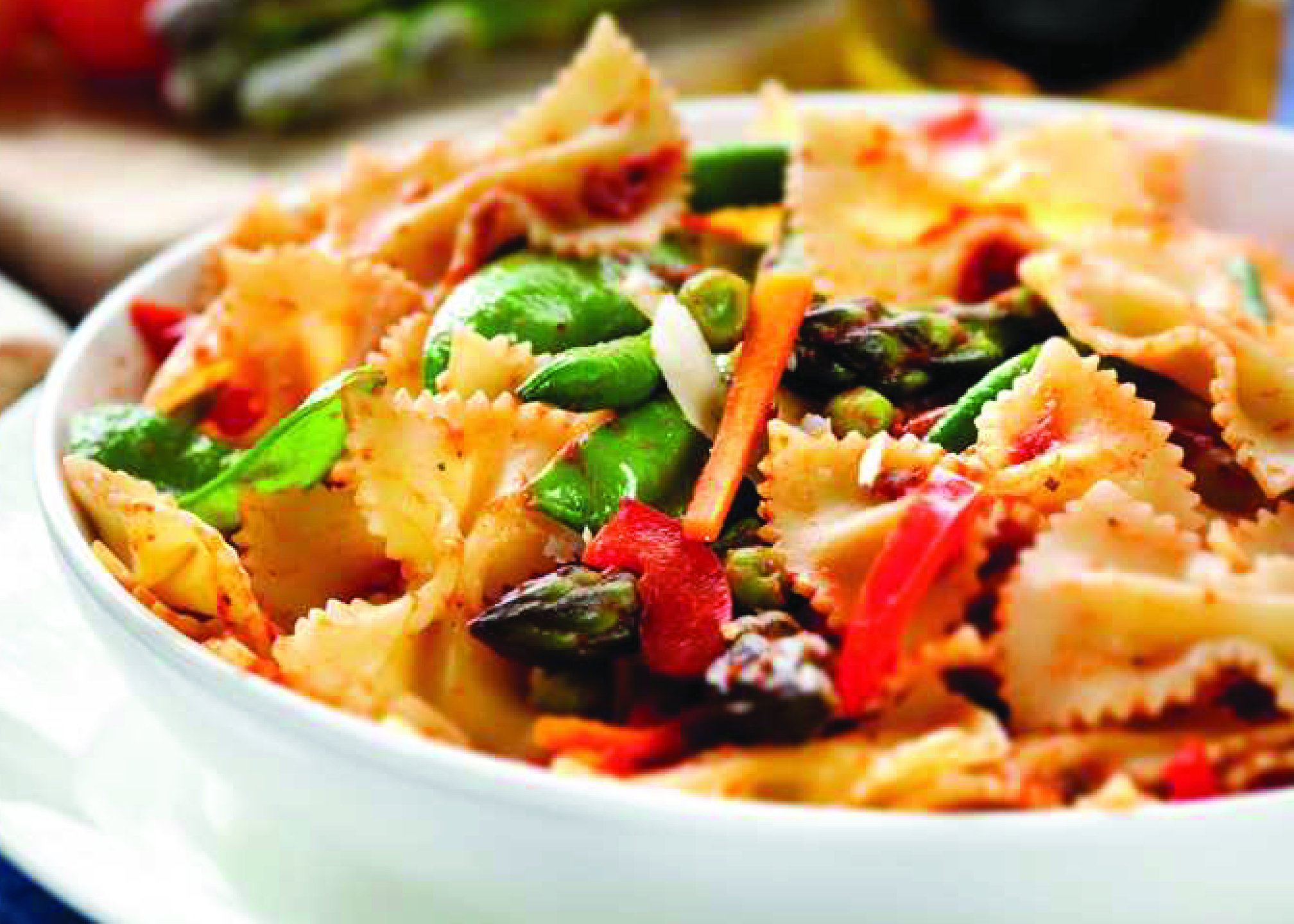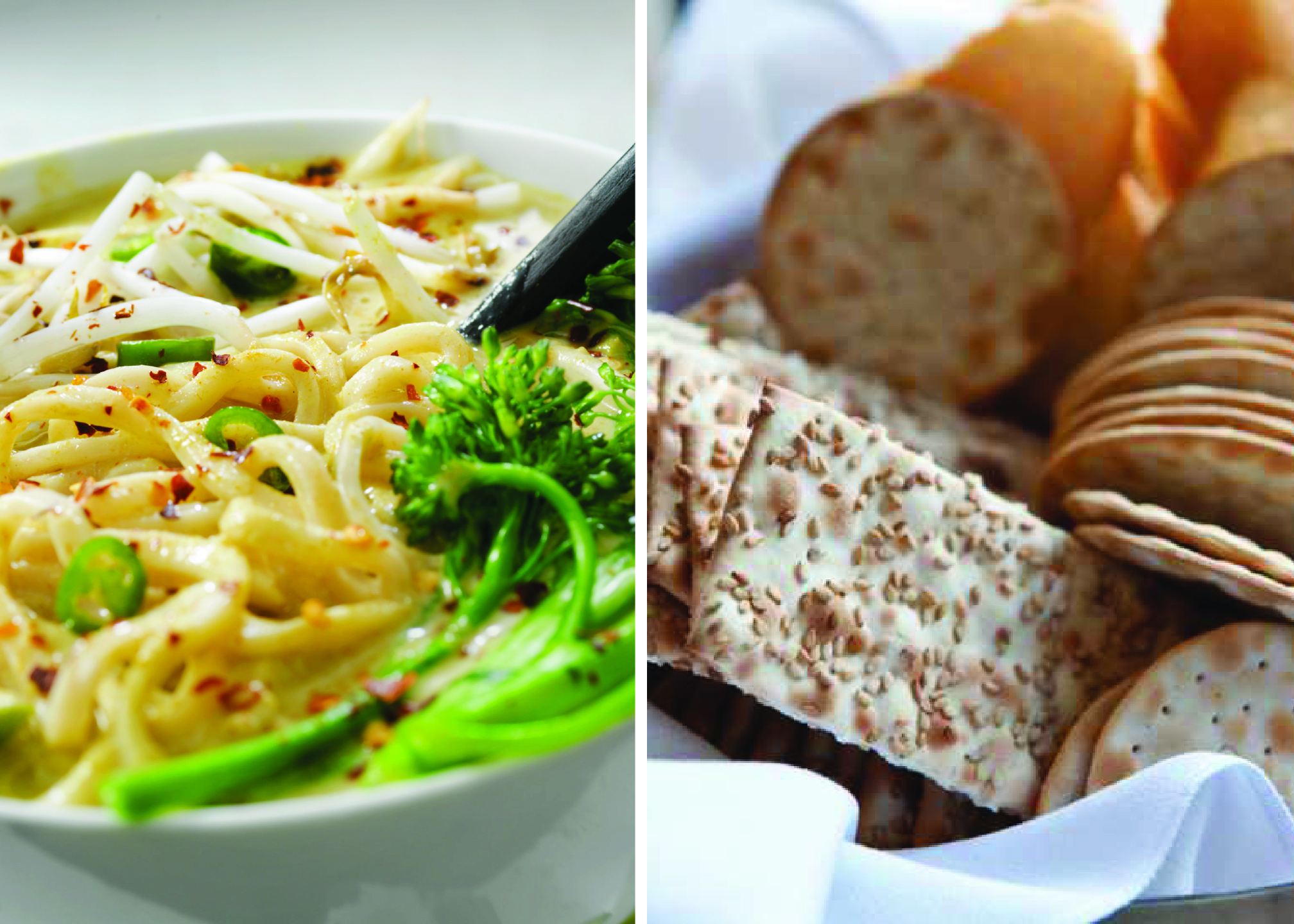How do wildfires affect the smell, taste and texture of bread? Wildfire Loaf is a multi-year research project to taste-test and genetically sequence sourdough starters made from smoke-tainted wheat. Climate change is increasing the number and severity of wildfires and this has direct implications for the ways that food products are farmed, assessed, processed and eaten. As we make connections across scales—from the microbial to the planetary—we are asking: what is the future of this iconic and commodified ingredient?
There are many varieties of wheat: hard, soft, red, white, and durum. As we search for wheat affected by wildfires, the one of the first questions we ask is ‘What can I make with this smoke-tainted wheat?’ Our aim is to experiment with making bread, using traditional leavening processes, from this abnormal/new-normal/smoke-tainted wheat. Here’s the reference guide we made for ourselves.
WHEAT GLOSSARY
For the glossary below we’ve focused on wheat classifications common in the United States and in trade terminology. The broader concepts we outline (Winter, Spring, Hard, Soft, White, and Red) are used around the world, but of course there are many other varieties and sub-varieties. “Winter” and “Spring” refer to both the season (and relatedly) the distinct cultivar or variety of the crop that is planted. “Hard” and “Soft” refer to the ease of milling and protein content, hard is protein-rich and more difficult to mill while soft has less protein and is easier to grind into a smooth texture. “White” and “Red” refer to the color, protein and flavors; red typically contains more protein, meaning stronger gluten and has a nuttier, almost bitter flavor, and white varieties are known to have less gluten and feature milder flavors.

If you want to bake bread, it’s best to reach for the hard stuff. Hard wheats are high in gluten and offer impressive stretchiness.

HARD RED WINTER (THE VERSATILE WHEAT)
EXCELLENT FOR: rustic breads, hard rolls, croissants, flatbreads, some Asian noodles and general purpose flours
TEXTURE: elastic, chewy
EXAMPLE OF A LOCATION WHERE IT IS FARMED: The Great Plains and Northern parts of the United States, with pockets in the Pacific Northwest and Central California
HARD RED SPRING (THE FANCIEST WHEAT)
EXCELLENT FOR: hearth breads, rolls, croissants, bagels and pizza dough, and flour blends
TEXTURE: tensile, stretchy
EXAMPLE OF A LOCATION WHERE IT IS FARMED: Upper central region of the United States and lower central region of Canada
HARD WHITE (THE SMOOTH WHEAT)
EXCELLENT FOR: tortillas, pan loafs, flatbreads, and some noodles
TEXTURE: fine, smooth
EXAMPLE OF A LOCATION WHERE IT IS FARMED: Central California and The Great Plains in the United States
And then there’s durum, the hardest of all wheats with the highest gluten content.

DURUM (THE HARDEST WHEAT, A.K.A. THE PASTA WHEAT)
EXCELLENT FOR: Excellent for: premium pastas, couscous, and Mediterranean-style breads
TEXTURE: snappy
EXAMPLE OF A LOCATION WHERE IT IS FARMED: Specifically, North Dakota and Central California in the United States
If you want to bake cakes, crackers, or some Asian style noodles, it’s best to reach for the soft stuff. Soft wheats are lower in gluten and have reduced stretchiness.

SOFT RED WINTER (THE LOW-COST WHEAT)
EXCELLENT FOR: cookies, crackers, cakes, blends for baguettes and other bread products
TEXTURE: fine, soft
EXAMPLE OF A LOCATION WHERE IT IS FARMED: Midwest and eastern regions of the United States
SOFT WHITE (THE LOW-MOISTURE WHEAT)
EXCELLENT FOR: Asian-style noodles, cakes, pastries, and snacks
TEXTURE: crumbly, meltaway
EXAMPLE OF A LOCATION WHERE IT IS FARMED: Pacific Northwest region of the United States
SOURCES
US Wheat Associates: Wheat Classes
Master Class: Essential Guide To Wheat